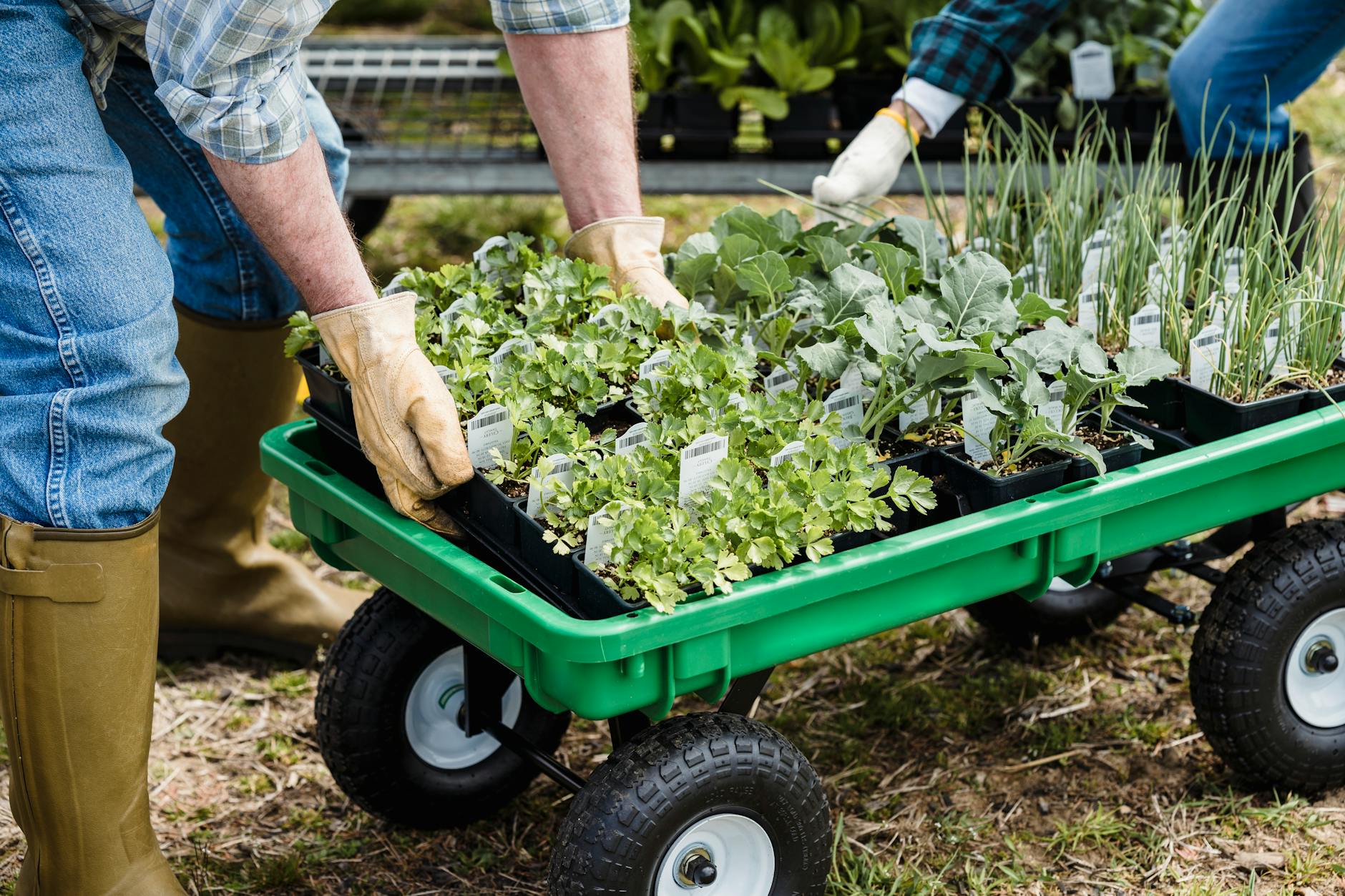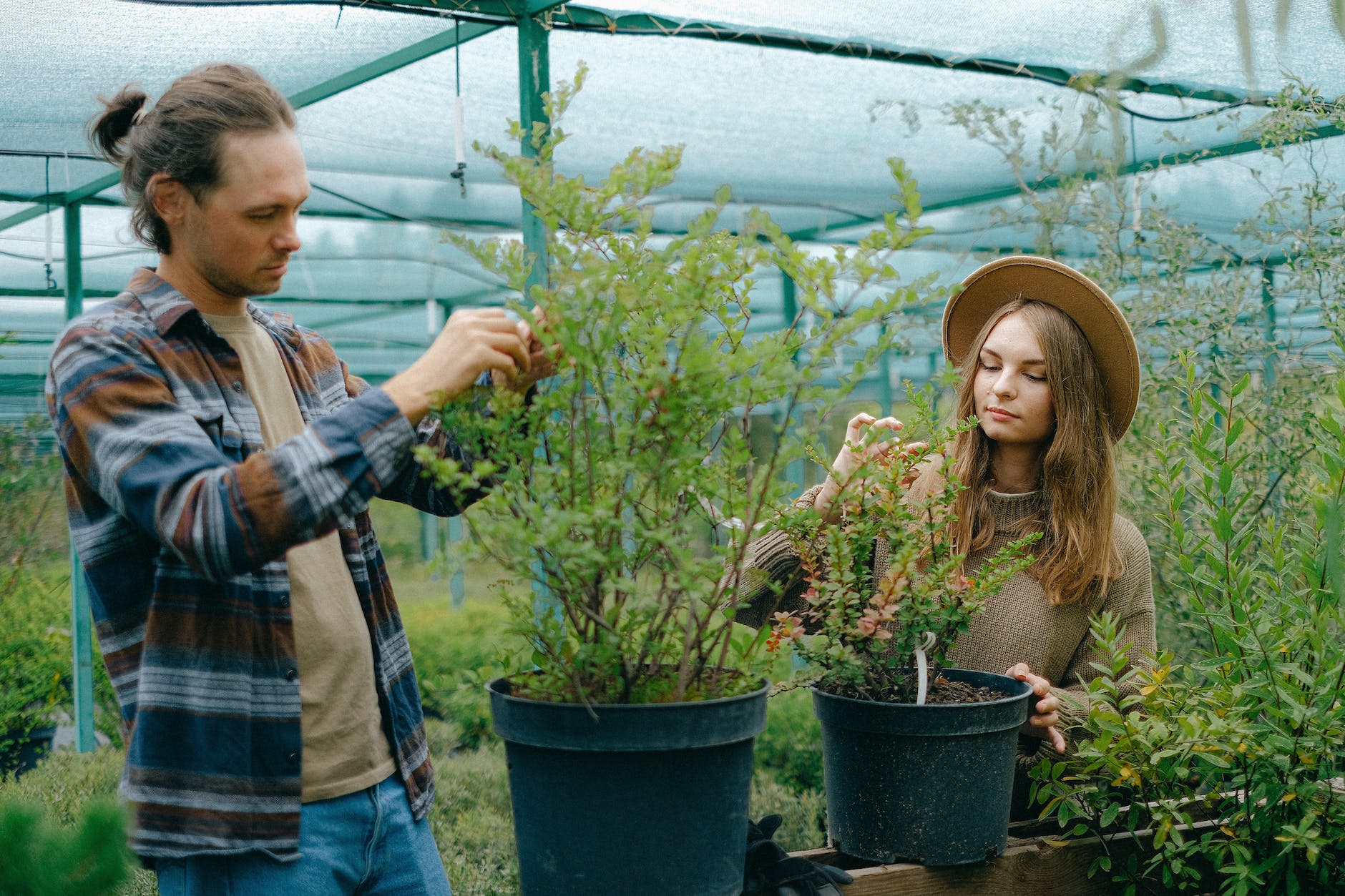Growing cannabis is as exciting as it is complex. Beyond the standard gardening knowledge, successful cannabis cultivation requires a deeper understanding of the plant’s unique needs, from choosing the right cannabis strains to final harvesting techniques. In essence, it’s an art, a skill perfected through experience and continued learning.
One of the first decisions you’ll make when embarking on this journey is choosing your growing medium. There are various options, each with its advantages and disadvantages. Traditional soil gardening, soilless media like coco coir, or even hydroponics could be your path. Making the correct choice involves understanding your capacity for managing variables such as pH and nutrient levels. With soil vs. soilless, soil requires less precise nutrient management as it naturally contains essential nutrients. Soilless and hydroponic systems, however, offer more significant potential for faster growth rates and bigger yields, given their direct nutrient delivery to roots.
If you opt for soilless or indoor gardening, you’ll need to supply all necessary nutrients yourself. It’s a delicate balance, requiring consistency and vigilance. Good nutrient management practices contribute dramatically to your overall success. Besides the critical macro-nutrients like Nitrogen, Potassium, and Phosphorus, cannabis also requires Magnesium, Calcium, and trace amounts of Iron, Copper, and others.
Still, you must be prepared with pest control strategies; consider both biological (such as introducing predator insects) and safe chemical solutions. Always research before applying any pesticides.
When it comes to deciding the type of cannabis to grow, your cannabis strains choices will depend on your local climate for outdoor growing, medical needs, and personal preference. Strains vary widely in terms of growth characteristics, resistances, yield, and effects when used.
Outdoor growing can be a very rewarding process, harnessing the power of the sun. It often results in a fresher, full-flavored plant and helps keep electrical costs down. However, it is less predictable and controllable than indoor farming, exposing your plants to variable weather, pests, and sometimes legal complications.
In contrast, indoor gardening gives you full control over your environment. Hydroponics takes this a step further, allowing cannabis to be grown in water. However, these methods involve more upfront costs, acquiring the necessary growing supplies, like appropriate lights, pH and EC meters, and ventilation equipment.
The final step is the careful harvesting of your cannabis plant. Poor harvesting techniques can sabotage all your hard work, so it’s essential to understand the process. Harvesting involves trim, dry, cure stages, primarily aimed to dry the plant slowly, maintaining its cannabinoid and terpene profile intact. Different strains and desired effects may mean different harvest times – patience here pays dividends in product quality.
The remarkable art of growing cannabis is a cycle, a rhythm of nature accentuated by the grower’s skills and knowledge. Your responsibility for cultivating life should not be taken lightly. Nurturing a seedling into a mature, flowering plant ready for harvest is an intimate, rewarding process, flowing between science and intuition. It’s about understanding the unique language of the plant, coupled with the ability to listen and respond accordingly.
No matter your chosen medium or strain, indoor or outdoor, hydroponics or soil, the artistry in cannabis cultivation lies in the convergence of knowledge, patience, and the continuous pursuit of growth – much like the plants themselves.
Remember, growing cannabis is more than a hobby or business – it’s a science, a lifestyle, and ultimately, a craft worthy of mastery.
Sources:
1. Maximum Yield
2. Dinafem
3. I Love Growing Marijuana
4. Leafly
5. High Yield Grow
6. Grodan 101

